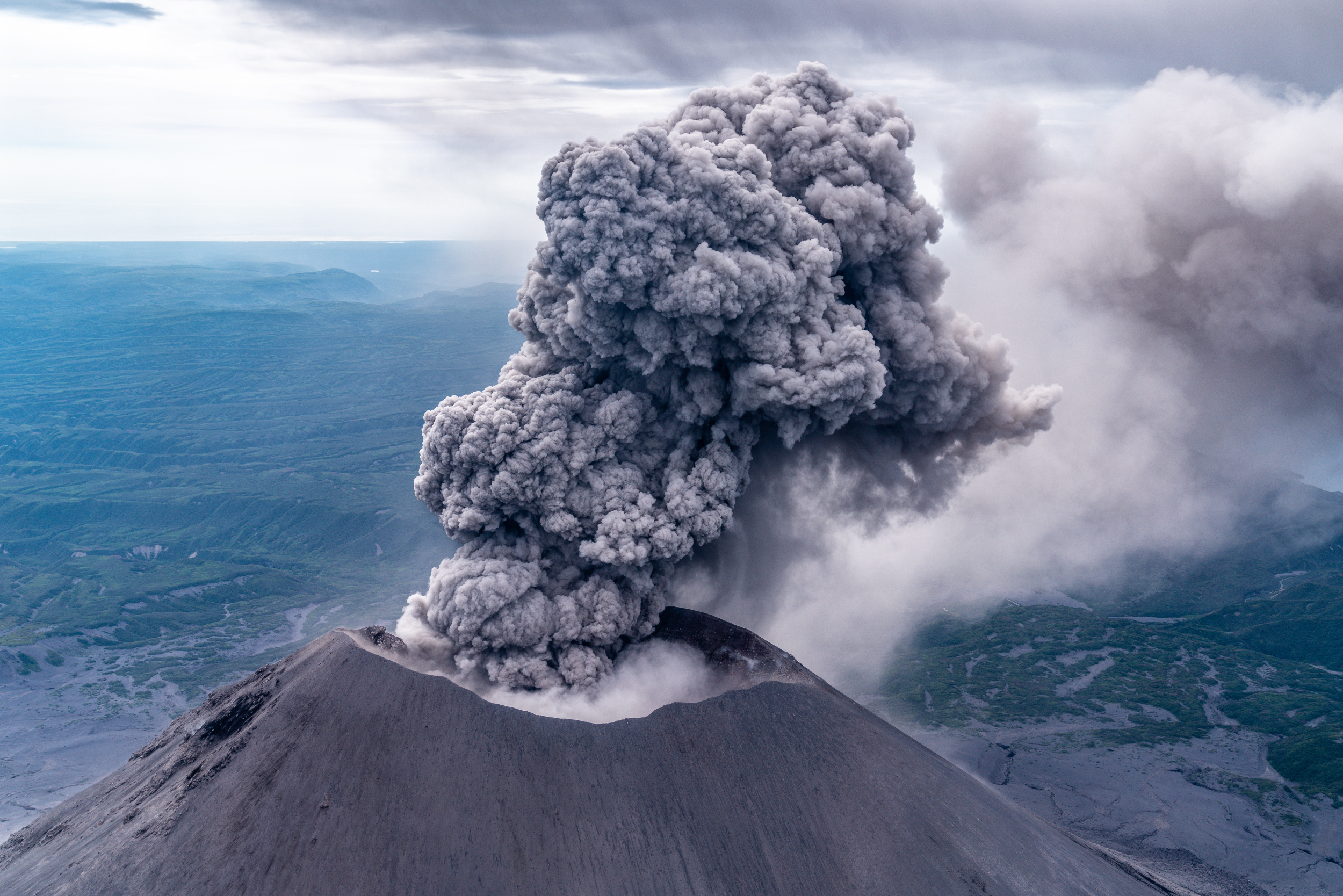Volcanic gases are released by active volcanoes and significantly impact our atmosphere and environment due to the air pollutants, gases, and particles they emit. The four most common types of volcanic gases are carbon dioxide, hydrogen sulfide, sulfur dioxide, and water vapour. These can be monitored via ground-based instruments so that analysts can understand more about the gases and their interactions. In this article, we will examine how volcanic gas analysis helps map underground water and why this is beneficial.
What is Volcanic Gas Analysis?
In recent years, monitoring volcanoes and volcanic gas analysis has been given more attention due to the hazards that volcanic gases can have on their direct surroundings, the atmosphere, and the broader climate. Typically, volcanic gas analysis is carried out via mass spectrometry as this allows for continuous real-time monitoring and can identify additional gases, such as helium, which cannot be detected with any other continuous techniques1.

Gas analysis of volcanic emissions can be carried out in many ways. Direct gas sampling is most suitable for obtaining detailed information about volcanoes and their systems because it supports long-term monitoring and a more in-depth analysis of fumaroles and vents. However, it is not suitable for continuously changing environments because completing lab analyses can take days or weeks. Fumaroles are cracks or holes in the earth’s surface through which steam and volcanic gases are emitted. Water vapour is the most common fumarolic emission, although other gases and particles can be present.
How is Volcanic Gas Analysis Used to Map Underground Water?
Volcanic activity around the world poses many risks to humans and our environments; Therefore, the ability to research them provides us with crucial information about the gases they emit and how they interact with our systems. Volcanic gas analysis can be used to support underwater mapping, which is essential for understanding what substances are in specific water locations and whether they are safe for humans and wildlife.
Volcanic gases such as carbon dioxide and sulfur dioxide, as well as noble gases like argon, helium, and neon, can be dangerous. Analysing them via gas, liquid, or soil samples can support further understanding of what lies within the waters and their hazard levels. As many of these gases are emitted through fumaroles, and they are often found near or in water, it, therefore, makes sense that researching their emissions can help map underground water.
To obtain volcanic gas samples, an inert tube is inserted into a hot fumarole and heated until condensation is formed. Through this sample collection method, a wide range of volcanic gases can be identified and analysed either in the field or taken back to a laboratory. In addition to the above method, gas isotopes and trace gases dissolve and can be sampled from groundwater. By analysing the dissolved gases, more can be learned about the layout and interactions of underground waters.
Volcanic Gas Analysis with Hiden Analytical
Hiden Analytical manufactures mass spectrometer systems that are used by vulcanologists around the world. These instruments are used to analyse gas, liquids, and soil/sediment gas in real-time field studies and a laboratory setting. For volcanic gas analysis, Hiden Analytical offers two key instruments, the pQA for field use and the HPR-40 DSA for sample analysis in a laboratory.
Portable Quadrupole Analyser
The portable quadrupole analyser (pQA) is a compact gas analyser designed for field studies. It is fitted within a case to make transporting it easy and efficient and is based on membrane inlet mass spectrometry (MIMS) which allows gases, liquids, and vapours to be analysed via interchangeable inlets. This is an ideal instrument for identifying rare earth gases, and its heightened sensitivity plays a vital role in groundwater studies.
HPR-40 DSA
The HPR-40 DSA is a MIMS suitable for analysing dissolved species, such as volcanic and rare earth gases. It is commonly used in environmental monitoring, groundwater studies and water analysis because it can detect trace amounts of CH3 SCH3 (Dimethylsulfide DMS) in ocean water.
Contact us today for more information on volcanic gas analysis or how Hiden Analytical’s instruments support underground water mapping.

